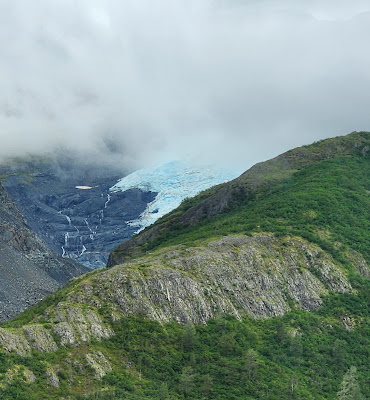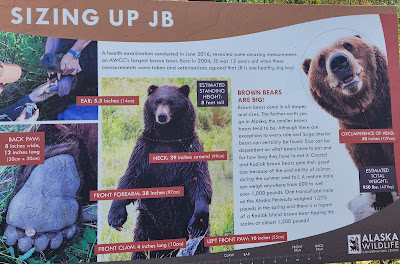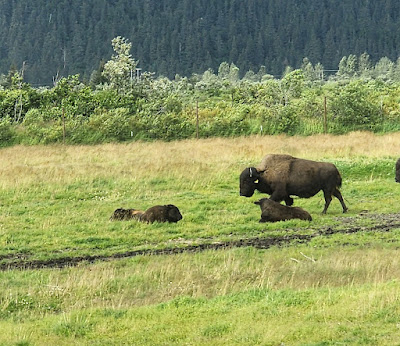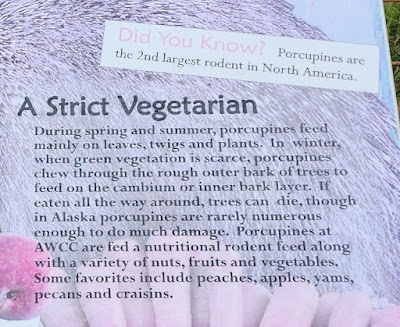Their mother killed a moose calf in a local resident’s backyard and as result, the man was afraid the bear might try to attack his dog. The man killed the sow*, not knowing she had cubs nearby. Once he saw the two cubs, he called the area wildlife biologist to notify him of the situation. The biologist, who happened to be a former gymnast, daringly climbed to the top of the skinny tree the cubs were hiding in. He was able to grab the smaller male cub by a rear leg, holding on to the tree with the other hand. He climbed down and lowered the cub into a fish net. The second cub was more of a challenge; she was a large female cub and acted aggressively. The biologist climbed to the top of the tree, injected her with a sedative, then grabbed her by the scruff. As he began to climb down, the skinny birch tree began to bend and crack. The tree bent all the way over, delivering the biologist and the cub safely to the ground!
After they were rescued and monitored, JB and Patron came to live at the Alaska Wildlife Conservation Center in 2004. The siblings have since thrived! They can both be found wandering their large wooded enclosure, digging holes in the ground, or catching fish in the stream running through their enclosure! The siblings also enjoy roughhousing with each other and their fellow bear, Hugo.
*In Alaska, killing a bear in defense of life or property is legal. |




































































































No comments:
Post a Comment